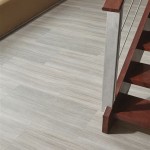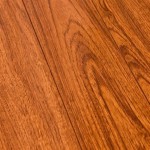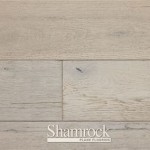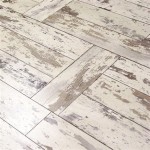Installing Cork Flooring in Your Basement: A Comprehensive Guide
Transforming your basement into a comfortable and inviting space requires careful consideration of flooring options. Cork flooring stands out as an exceptional choice, offering a unique blend of warmth, sound insulation, and moisture resistance. Here's a comprehensive guide to help you navigate the essential aspects of installing cork flooring in your basement:
1. Basement Preparation:
Prior to installation, ensure your basement is properly prepared to receive cork flooring. Remove any existing flooring and thoroughly clean the subfloor. Any unevenness or moisture issues should be addressed to create a level and stable surface. Installing a vapor barrier is highly recommended to prevent moisture penetration.
2. Cork Flooring Selection:
Choose cork flooring that is specifically designed for basement installation, with features such as moisture resistance and a thick wear layer. Consider the desired thickness, pattern, and finish to complement the overall aesthetic of your basement.
3. Tools and Materials:
Gather the necessary tools and materials, including a utility knife, a cork trowel, a tapping block, a measuring tape, a level, cork adhesive, and a moisture barrier. Ensure you have the right adhesive for the specific type of cork flooring you have selected.
4. Installation Process:
Step 1: Lay the Moisture Barrier: Roll out and secure the vapor barrier over the entire subfloor, overlapping the seams for maximum protection.
Step 2: Apply the Adhesive: Using the cork trowel, apply a thin layer of adhesive to the subfloor, working in small sections at a time.
Step 3: Place the Cork Tiles: Carefully lay the cork tiles over the adhesive, ensuring the edges align properly. Use the tapping block to gently tap each tile into place, creating a secure bond.
Step 4: Seal the Seams: Once the tiles are installed, apply cork sealant to the seams to prevent moisture infiltration and ensure a smooth finish.
5. Finishing Touches:
Allow the cork flooring to cure according to the manufacturer's instructions. Once cured, install appropriate baseboards or moldings to complete the look and protect the edges of the flooring.
Conclusion:
By following these essential steps and applying meticulous attention to detail, you can achieve a stunning and functional cork flooring installation in your basement. Its warmth, sound-dampening properties, and moisture resistance make it an ideal flooring solution for creating a cozy and comfortable living space below ground.

Cork Flooring In Basements

Best Basement Flooring The Warmest Floor Covering Is Cork

White Bamboo 1 2 Inch 12mm Cork Floating Flooring

7 Reasons You Should Consider Cork Flooring For Basements

Cork Flooring Pros And Cons Is It The Right Choice For You

How To Install A Cork Floor Young House Love

Cork Laminate Floors Coffee Color Tiles

Cork Flooring Tiles Or Floating Floor Icork

Basement Renovations With Cork Flooring Cancork

Cork Flooring Tiles Floor Forna
Related Posts








